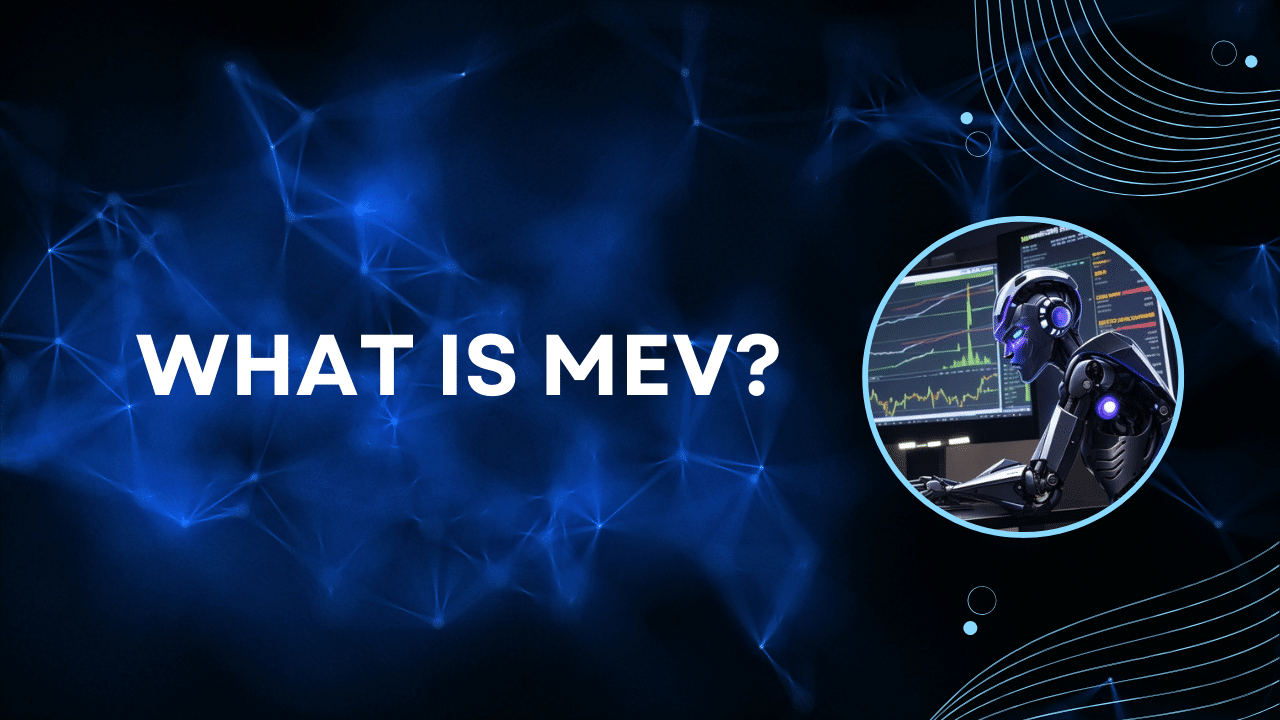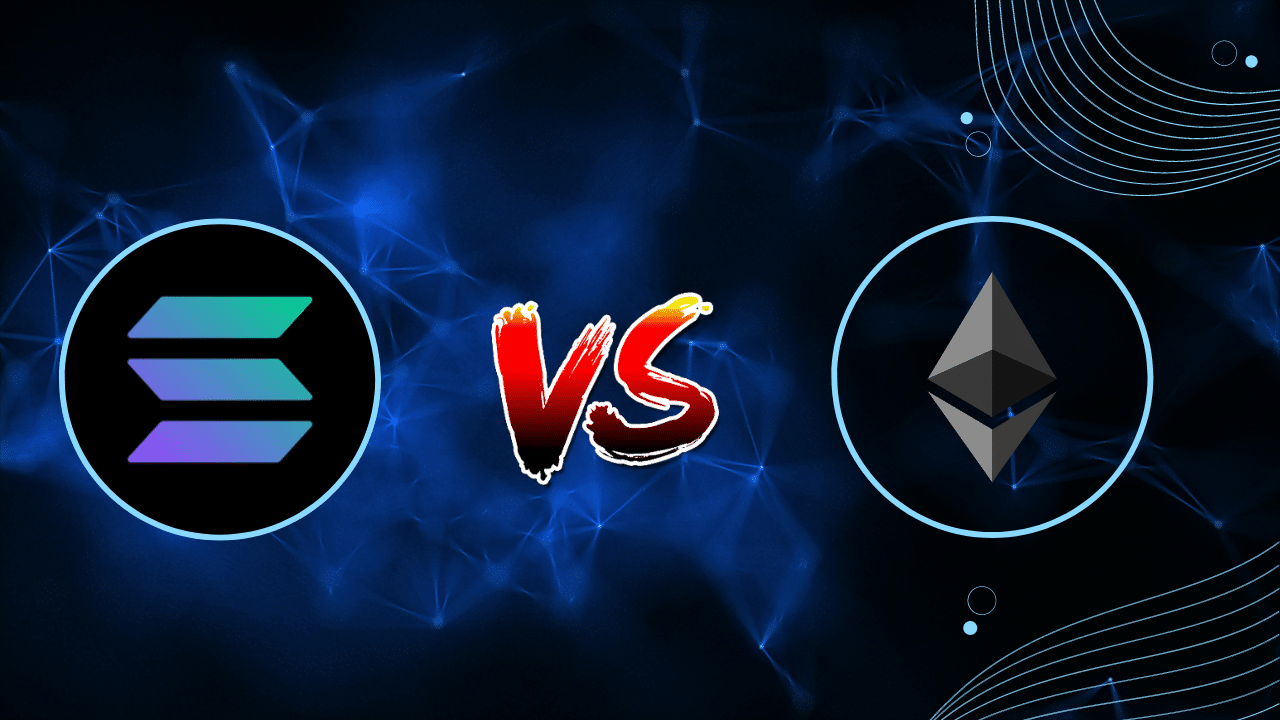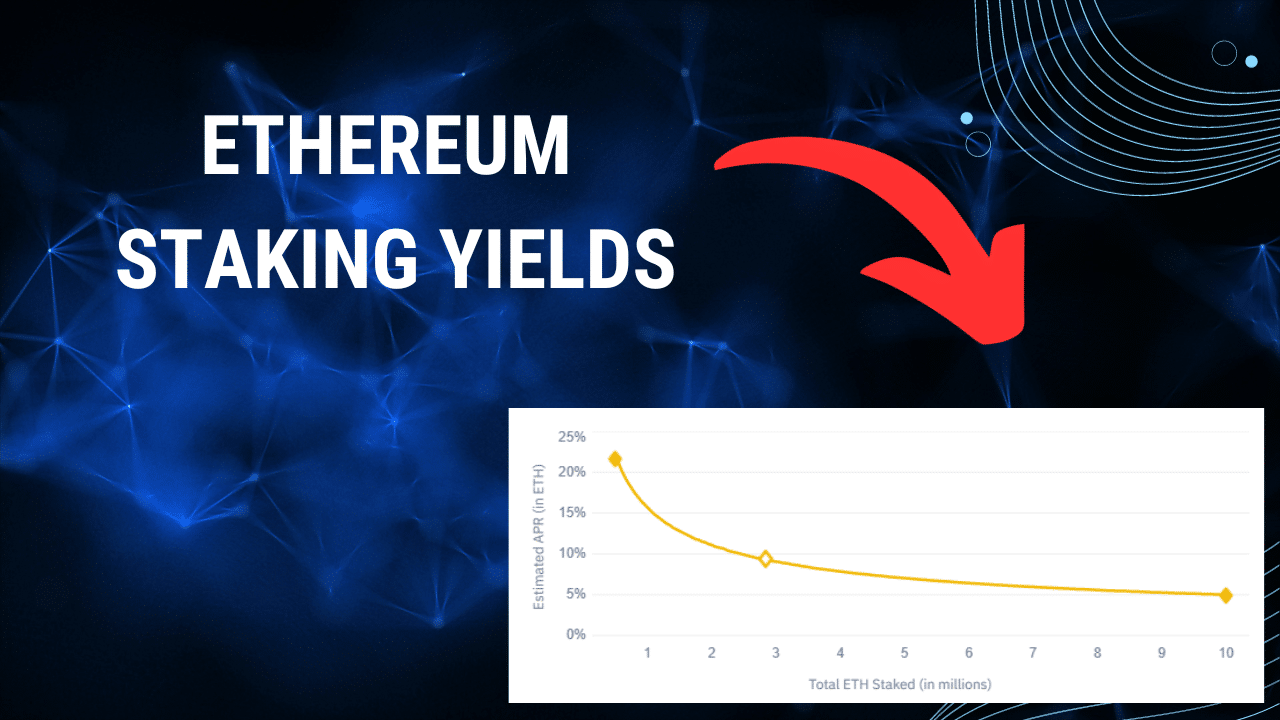Contents
Contents
Ethereum Roadmap Update
The Ethereum roadmap involves interconnected protocol upgrades that will make the network more scalable, more secure, and more sustainable. These upgrades are being built by multiple teams from across the Ethereum ecosystem. The Ethereum network’s growing popularity has brought forth a unique scaling challenge. It created a strain on the network, causing it to get clogged and dramatically increasing gas fees to execute transactions on the network.
To address this issue, the developers behind Ethereum came up with a multi-phase upgrade known as Ethereum 2.0, formally Serenity, and now Consensus Layer.
The upgrade is expected to bring Proof-of-Stake (PoS) consensus mechanism to the Ethereum network. It’s a transition from Ethereum‘s energy-intensive, mining-based Proof-of-Work (PoW) to a more efficient consensus mechanism that will help ensure Ethereum’s long-term viability.
With this upgrade, the Consensus Layer will be a more secure, user-friendly, and scalable blockchain that can accommodate the growth required for Ethereum to develop into its goal of becoming a global supercomputer.
In this article, we take a dive into the roadmap of this update and learn more about the impact it can create for cryptocurrency technology.
Overview Of The Ethereum Roadmap
The Consensus Layer is set to be fully launched in several phases within a couple a few year and these phases are primarily divided into three phases known as:
- The Beacon Chain
- The Merge
- The Shard Chain
The Beacon Chain went live on December 1, 2020. It introduced native staking to the Ethereum network, a necessary feature of the network’s transition to a PoS consensus mechanism – separating the Ethereum blockchain from the Ethereum mainnet.
The second phase called The Merge is scheduled to arrive in the second quarter of 2022 and will merge the Beacon Chain with Ethereum‘s mainnet. This will allow staking for the whole network, signifying the end of energy-intensive mining.
The third and final phase is Shard Chains – responsible for scaling the entire Ethereum network by increasing its capacity to process transactions and store data. It’s a multi-phase upgrade to finally achieving a scalable Ethereum Network.
Instead of settling all transactions on a single blockchain, shard chains will divide these activities across 64 new networks.
Over the period of time, the shards will gain more features and many more will be rolled out into multiple phases, offering low transaction fees while leveraging the security of the Ethereum blockchain.
Because fewer bytes will be needed for storage, it will become considerably easier to run an Ethereum node from a hardware standpoint.
Where we are now on the Ethereum roadmap
When the beacon chain went live in 2020, it did not change anything about the Ethereum we use today, but it did introduce PoS to the Ethereum ecosystem.
It basically laid down a foundation for the next phases of the roadmap.
The next phase in the Ethereum upgrade is to combine the mainnet with Consensus Layer’s Beacon Chain, denoting the transition to the new proof-of-stake system. This phase is known as The Merge and is expected to happen in Q2 2022.
Once that is successful, shard chains will be released – expected in 2023, increasing blockchain capacity further.
Vitalik Buterin tweeted the recent detailed update of the roadmap. (attach this tweet)
Change in naming from ETH 2.0 to the Consensus Layer
The ethereum foundation announced they have yet again rebranded Ethereum 2.0. Their efforts with rebranding Ethereum 2.0 – from Serenity – ended fruitless as they try to avoid confusion and potential scams due to other crypto projects with similar names.
- The ETH1/L1 will be called Execution Layer.
- The ETH2/L2 will be called Consensus Layer.
Execution layer handles transactions and data on the blockchain.
Consensus Layer is in charge of running the proof-of-stake consensus on the blockchain.
Ethereum Foundation announced this update with the statement, “These terminology updates only change naming conventions; this does not alter Ethereum’s goals or roadmap.”
Meaning that there is absolutely no change in the mechanism, everything stays the same except that the name has been changed.
There are also no changes for ETH holders. Unless you want to take part in the new staking method, most ETH holders should be able to see the upgrades transparently.
The Impact Of The Merge
The Merge is viewed as the most crucial update so far because it will allow for a smooth shift to Proof-of-stake. Withdrawals are expected to be possible six months after the rollout of Consensus Layer alongside a faster processing network. However, transaction costs will not be reduced; this is something most people want. The fees will only go down after the upgrade is completely finished and will also be alleviated through the growing ecosystem of Ethereum layer 2s such as Arbitrum, Optimism and Polygon/Matic.
The Merge will also alleviate:
- Sustainable growth concerns
The PoW consensus mechanism was not scalable or sustainable, thus the end of mining – enabling staking to allow withdrawls. - Energy usage and ESG concerns
the merge to PoS reduces network energy usage by at least 99.95% - Centralization concerns
Proof of Stake makes participating in the network more attainable for many more users and not just large miners. - Equality concerns
Despite a decreased ETH issuance rate and smaller block rewards, the network’s reward distribution will be more equal in order to encourage beneficial actions and enable access to a wider audience. - Scalability – (eventually)
The Merge will not on its own solve scalability problems, however it is intended to pave the way for sharding to increase data availability and bandwidth. Users should seek out rollups and L2s to scale immediately and reduce gas costs. - Inflation
Reduce Ethereum‘s issuance from 5.4M ETH/yr to 0.5M ETH/yr.
Conclusion
The upgrade is expected to bring with it further changes that will, according to Ethereum, “improve the currency’s scalability, security, and sustainability.
It’s critical to note that the Ethereum network’s growth right now is both unique and inventive. It’s a huge project with numerous unknowns, but it builds on the incredible work done by the Ethereum network and the entire blockchain industry — and when completed, it has the potential to unleash the revolutionary potential of decentralized technology.
The most major upgrade in Ethereum history is happening in 2022. The complete roadmap as currently planned is estimated to take another six years to reach fruition.








